The Vision
Like many sailing dreams, ours began with a “five-year plan.” We talked and planned and imagined, but it always felt like something for the future. We’d already built our business plan. We’d decided what we wanted to do, what we wanted to offer and who we wanted to offer it to. Out of this plan came the picture of the type of boat we knew we needed. After a relentless search, we eventually found ourselves with the perfect boat and then everything gradually started falling into place.
We’d already shaped a clear vision: a strong classic yacht with character, built for adventure and family life, but also with the potential to be coded for commercial use. It needed to be practical, safe, and bright inside—not a floating apartment, but a real working boat. We'd dreamt of crossing the Atlantic and travelling to places our children would only ever see on natural-earth channels or in books.
With a family of five—Jack (15), Elsie (8) and Finley (18) who joins us from time to time, plus us, Giles and Aly—we knew it had to be a vessel we could call home as well as run our business.

The Search for “The One”
We looked at a lot of boats. Some were stunning but not quite right for us, others looked perfect on paper but fell short in reality. A few even got away before we could move fast enough. We were very taken by a Swan we saw in Spain but it didn’t tick enough boxes on our non-negotiables.
Further research nailed down our options: it had to be a Bowman. Their reputation for strength, practicality, and offshore readiness matched everything we needed.
Then we found her. A tired-looking Bowman, sitting quietly in a Scottish yard. Moss on her decks, systems in need of attention, the stench of damp, interior a little unloved and rust bleeding from tired old fixings—but even on a cold February day, rain lashing sideways, she felt like home.
That was enough.
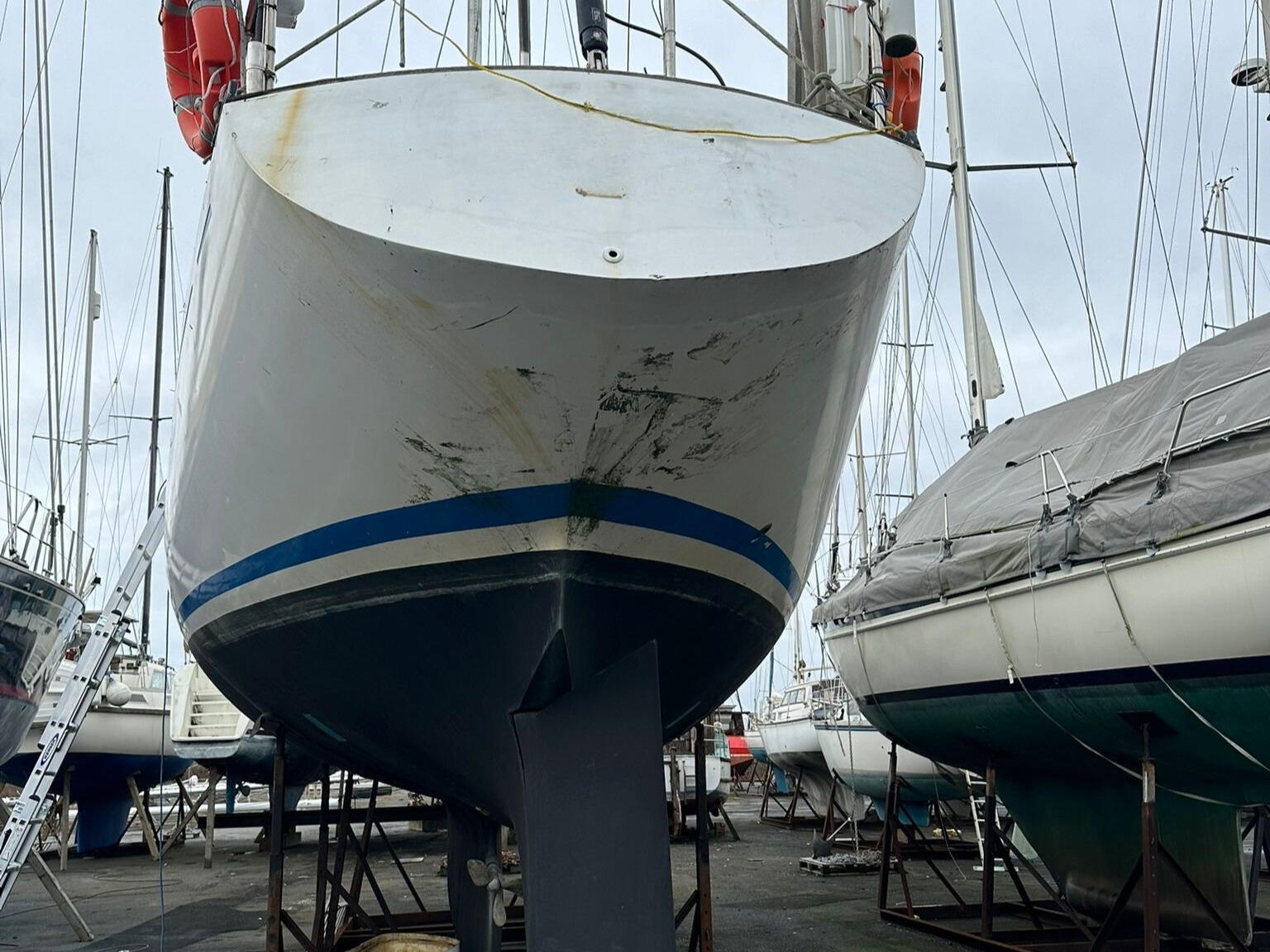
Buying a Boat Is Never Simple
As with many boat purchases, the process wasn’t without challenges. The price ended up higher than we’d hoped, the survey highlighted more work than expected, and some items on the inventory were missing. It was a turbulent time for us and we nearly walked away. Only our vision for her potential kept us hanging on.
It was stressful to say the least—boats rarely make things easy—but our minds were already made up. She was worth the effort.
Rebuilding Her
Once she was ours, the real work began. We brought her south and spent months rolling up our sleeves: sanding, painting, replacing pumps, rewiring, fixing leaks, upgrading systems, renewing rigging, and discovering hidden jobs along the way. The shakedown tour revealed many more issues we hadn’t foreseen but we had braced ourselves for hidden problems and we are more than capable of handling remedial work ourselves, except where expert trades are needed. Some surprises were small. Others—like a cracked, obsolete hatch that cost over £1,000 to remodel & replace—were less so. Piece by piece, though, she came back to life.
After three solid months of work, she was ready. Safe, strong, and certified for adventure again.
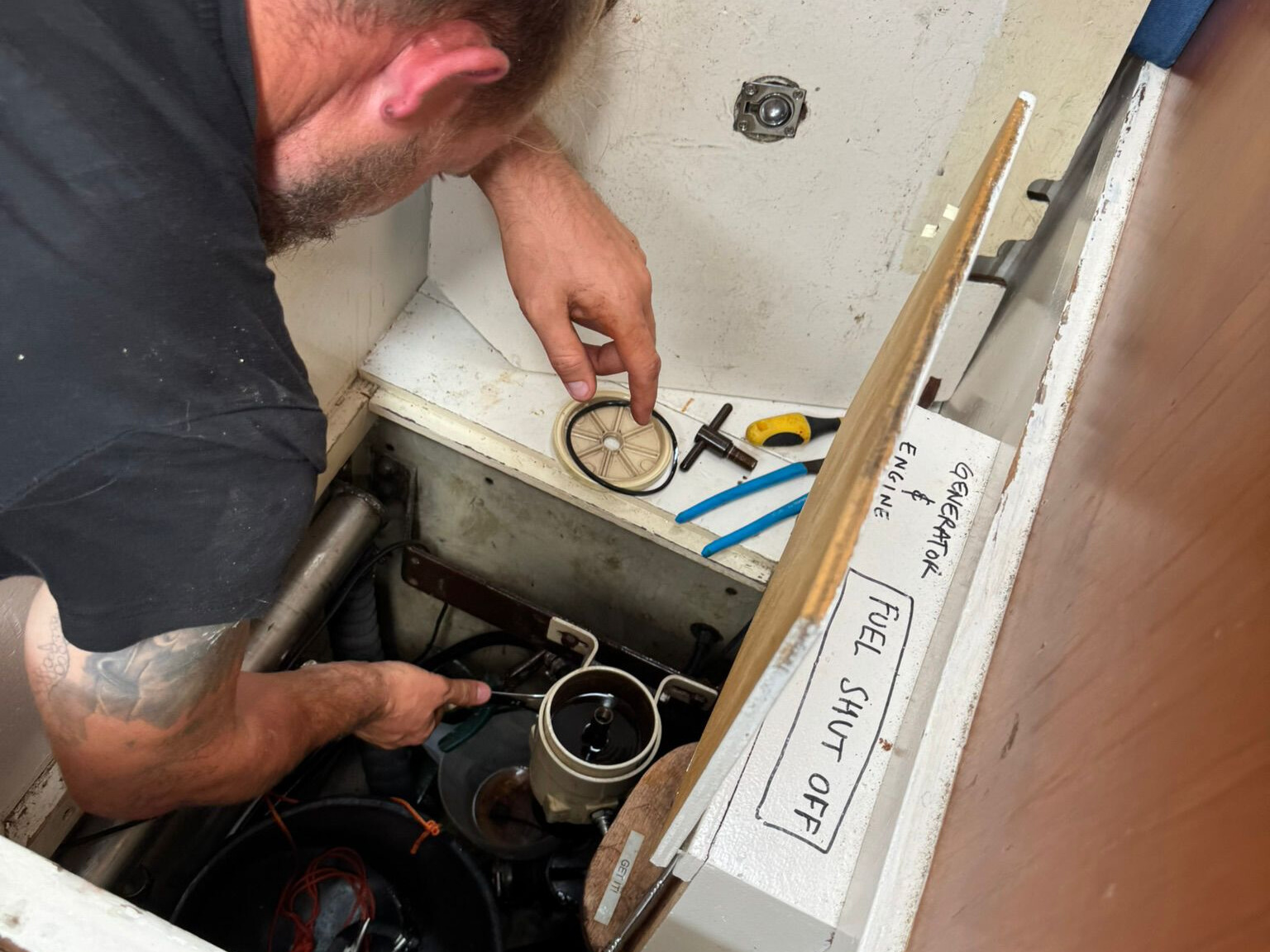
Bringing Her Up to Code
We didn’t just want a boat to sail as a family—we needed a vessel safe and certified to take others offshore. That meant getting her to MCA Category O standard: a level of commercial coding that would allow us to run offshore sailing experiences safely and legally.
It’s not just paperwork. It’s an exhaustive process of meeting strict technical, safety, and structural requirements. Here’s a glimpse of what that looked like:
- Structural reinforcements: Every seacock, bulkhead, and hull fitting had to meet inspection. We rebuilt and resealed where needed.
- Rigging and sails: We replaced all standing rigging and upgraded safety-critical systems like running backstays and storm sails.
- Mechanical and electrical systems: Pumps had to be replaced, wiring inspected and redone, backup systems installed.
- Gas system: Entirely replaced and re-certified to meet modern marine safety standards.
- Fire safety: Fire extinguishers, fire blanket, fire plan signage, smoke alarms, and even thermal insulation around hot surfaces.
- Bilge systems: Multiple pumps—manual and electric—had to be operational, accessible, and coded.
- Safety gear: Liferafts, EPIRBs, lifejackets, MOB recovery systems, grab bags, flares, and a full Category 0 medical kit.
- Documentation and planning: Risk assessments, passage plans, safety briefs, crew training records—all had to be prepared, reviewed, and signed off.
All of this was under the supervision of a coding surveyor, with several stages of inspection. And in true boat fashion, the list grew as we went—one job revealing three more behind it.
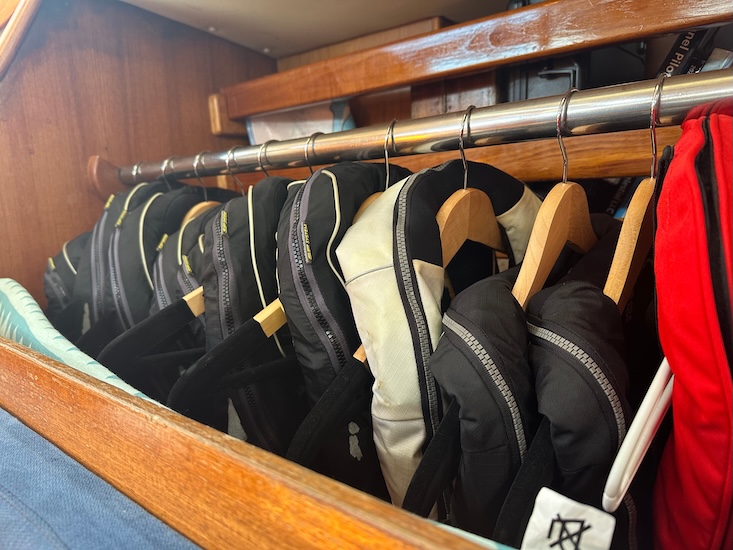
We weren’t just refitting for comfort; we were building resilience and redundancy. Every bolt tightened, every wire traced, every locker rethought for safety at sea.
We put in three intense months of full-time work, sometimes in freezing weather, sometimes with kids sanding and painting alongside us. It was expensive, exhausting, and absolutely worth it.
And finally, we passed. Ninja Penguin became a commercially coded offshore yacht—safe, strong, and fully certified to take people on ocean adventures.
Naming Her Ninja Penguin
A new chapter called for a new name. We wanted something playful but strong, something that captured both our family spirit and the sense of adventure ahead.
Our daughter’s love of penguins gave us the starting point. But just “Penguin” felt too soft. So we gave it a twist—something with a bit of fight in it.
And so she became Ninja Penguin. Even the registry clerk smiled and said: “That’s a brilliant name.”
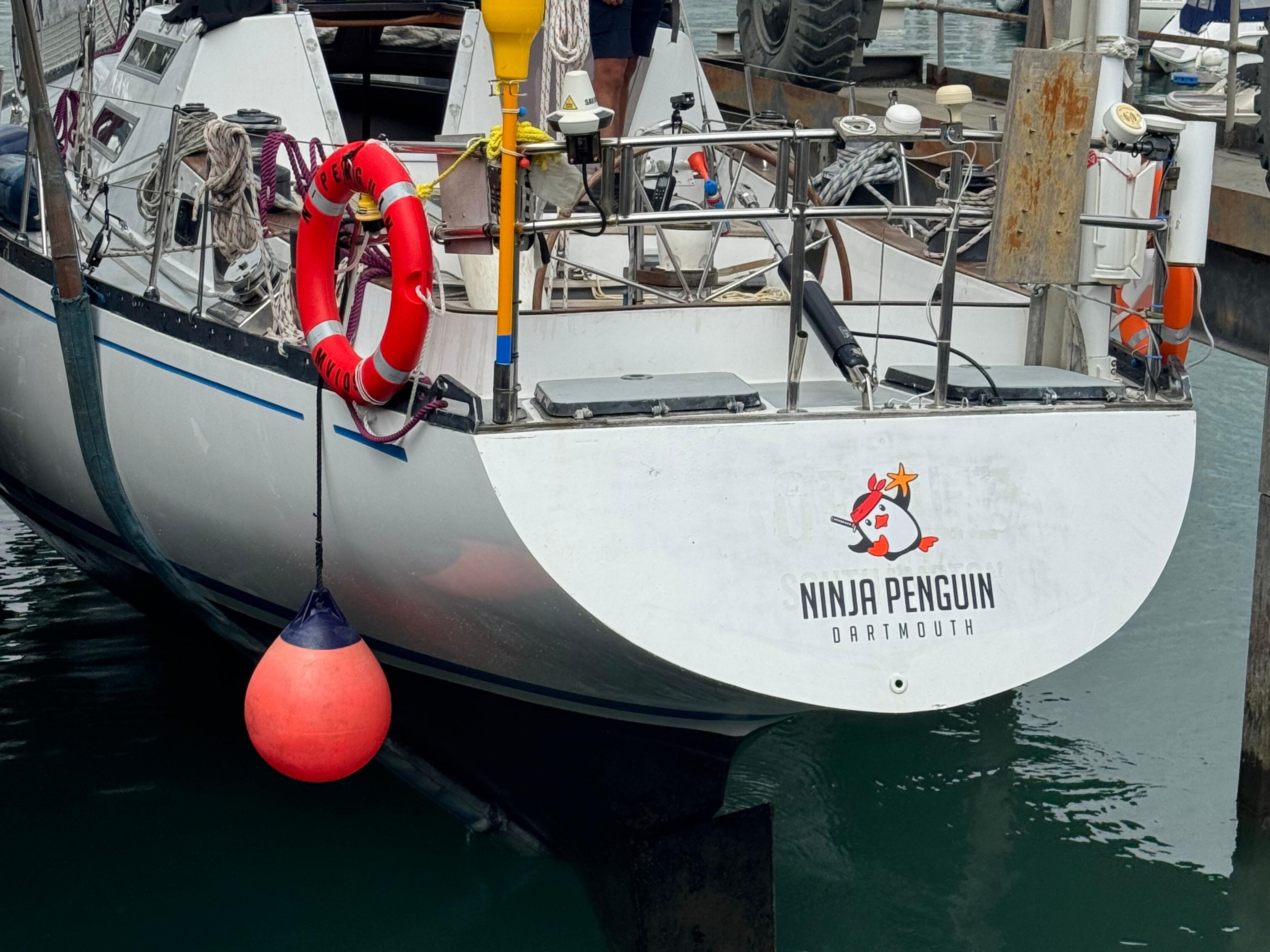
Life Onboard
For us, this isn’t just a business. It’s home. It’s where we raise our children, share meals, fix problems together, and dream about oceans still to cross.
We don’t really think of ourselves as the “owners” of Ninja Penguin — more like her custodians. She’s been around longer than we have, carried people to places we’ve only dreamed of, and collected her own share of stories along the way. Our job is just to look after her, add a few more chapters to her adventures, and be grateful that we get to share a part of her journey.
Some people want their yachts to look like showrooms, with cream carpets and pristine interiors. We prefer practicality: watertight bulkheads, a proper wet locker, storage for real life, and systems we can repair ourselves at sea.
She isn’t perfect. No boat is. But she’s ours—and every bit of work, stress, and persistence was worth it.
Ninja Penguin is where our adventure truly begins.
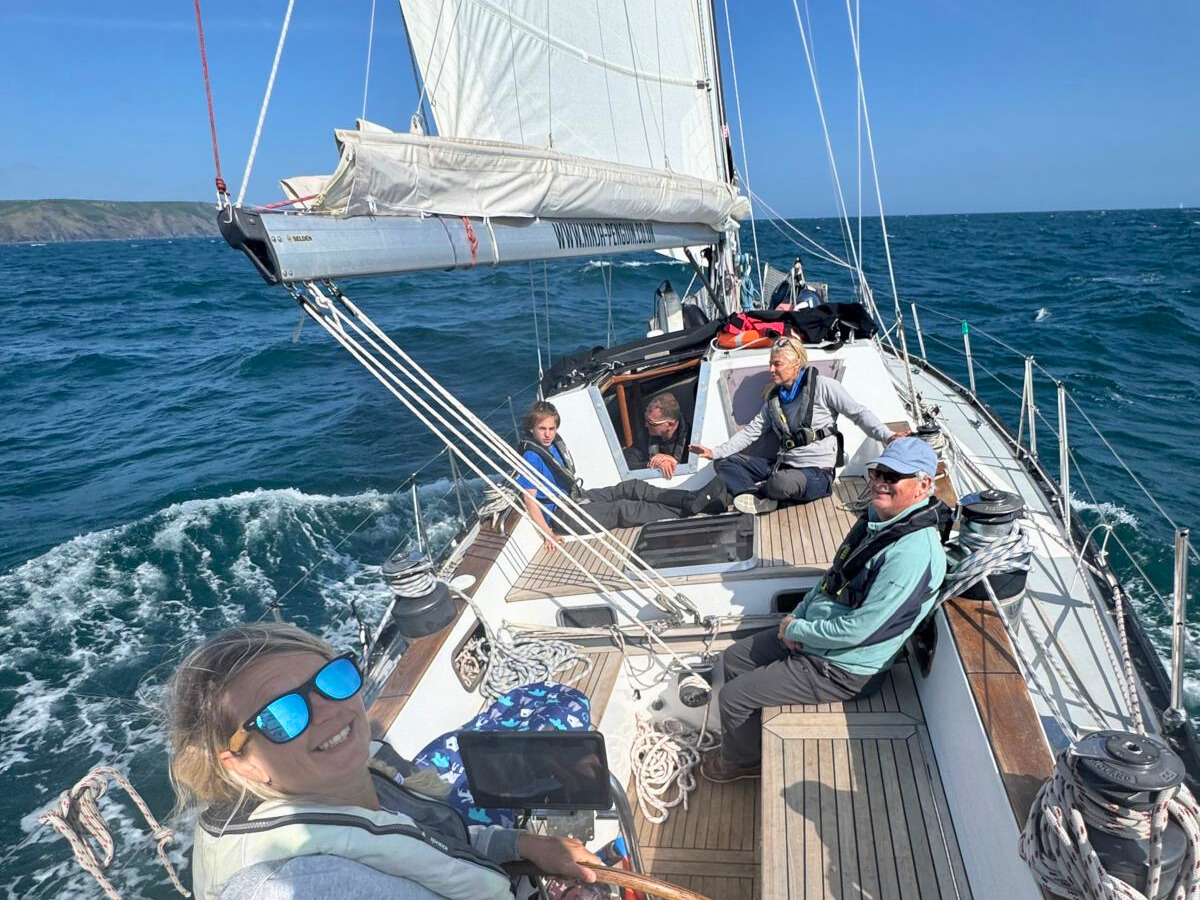
The Adventure
As we prepare to leave for the ARC (Atlantic Rally for Cruisers) in November, the to-do lists are getting shorter and our dream is slowly morphing into a reality. We have been busy finding crew for each of the two legs of the trip and have been fortunate to connect with some strong candidates in our search.
Join Us
We still have a couple of spaces left on two epic legs of our voyage south:
- Dartmouth → Porto
- Porto/Lisbon → Canary Islands
If you can’t scratch your adventurous sailing itch this year, we are heading back to the UK in April 2026 via Bermuda & the Azores. That’s a good 4300NM for the logbook!
Our crew are a mix of ages and experience but we have good humour in common and a team-effort approach. If coffee is a deal-breaker we have a bean-to-cup machine on board. Surprisingly this wasn’t a coding requirement but for us, it’s top of the list next to ‘liferaft.’
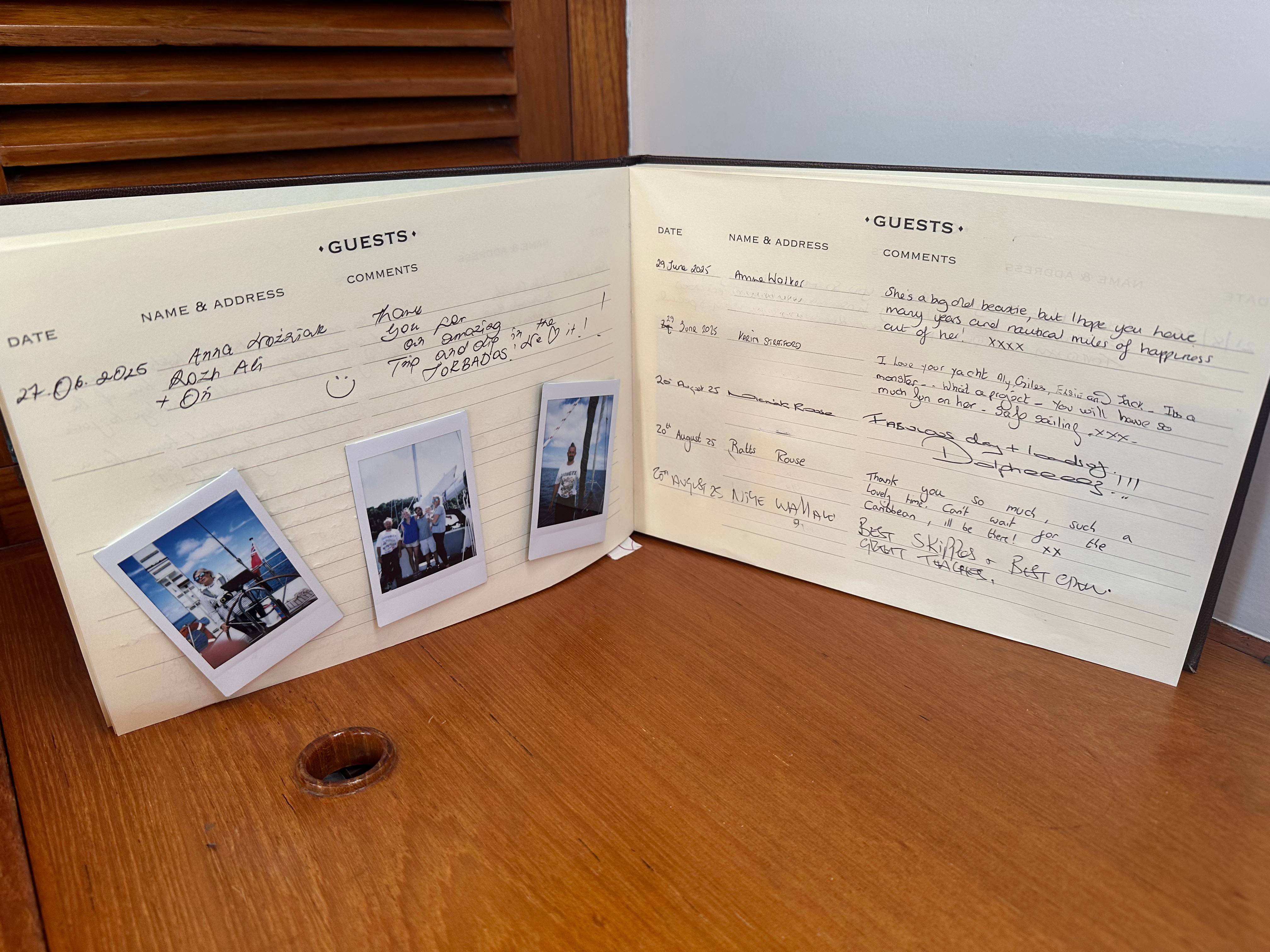
Follow the Journey
Want to see where Ninja Penguin takes us next? Follow our adventures on Facebook.com/ninjapenguinyacht or check out our trips at www.ninja-penguin.co.uk.

